Photos From TANKFEST 2021: Some Of The World’s Most Well-Preserved Operational Tanks!
The Tank Museum held its annual TANKFEST over the weekend. 15,000 visitors attended the three-day festival in Bovington, United Kingdom, which played host to tanks from the Second World War and the Cold War.
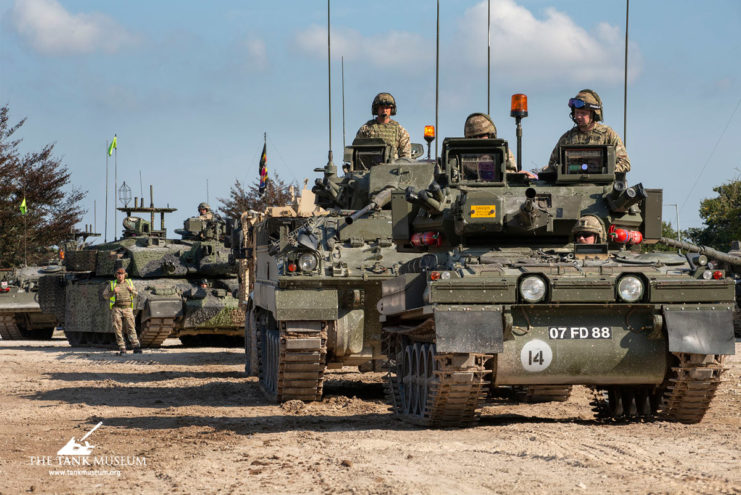
TANKFEST typically attracts over 20,000 visitors, but COVID-19 restrictions meant the event was canceled in 2020 and had to be reformatted for 2021. The annual event is used as a fundraiser for The Tank Museum, which is home to the world’s “finest” tank collection.
“This year’s setup had to be different from previous TANKFESTs, but we’ve received some great feedback and our visitors were happy to be back at what is our biggest fundraising event of the year,” said Rosanna Dean, Events Manager at The Tank Museum.
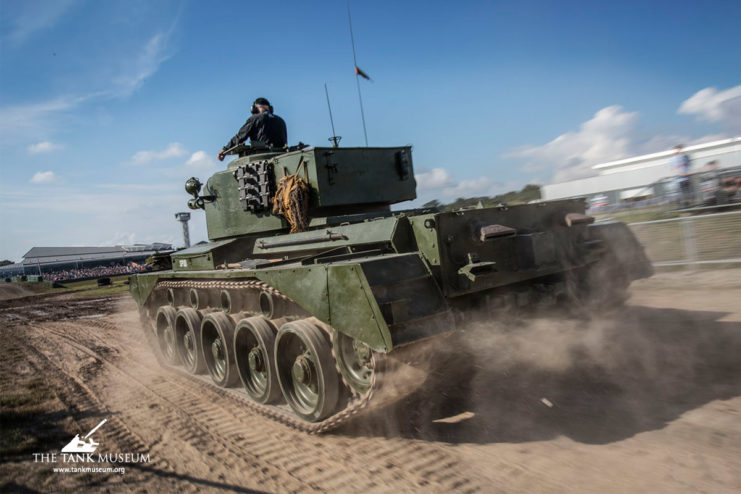
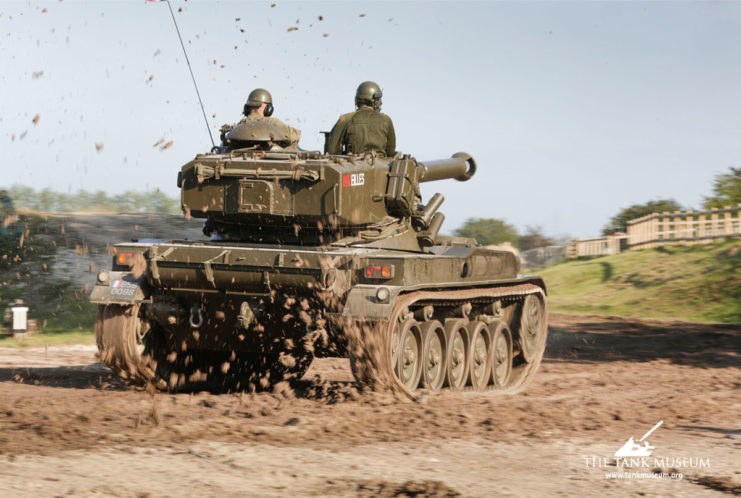
One of the restrictions placed on this year’s event was that fewer military vehicles from other countries were present. Despite this, Dean shared they were “still able to show off an unparalleled array of historic running vehicles.” As well, military history speakers spoke at a newly added lecture stage, and a mini area was set up, where visitors were able to experience blank firing demonstrations and military drills.
Various tanks from World War II and the Cold War were on display at TANKFEST 2021. Among them were the AMX-13, a French light tank; a Cold War-era British Centurion Mk13; two British Challenger tanks; and the Comet, a British cruiser tank.
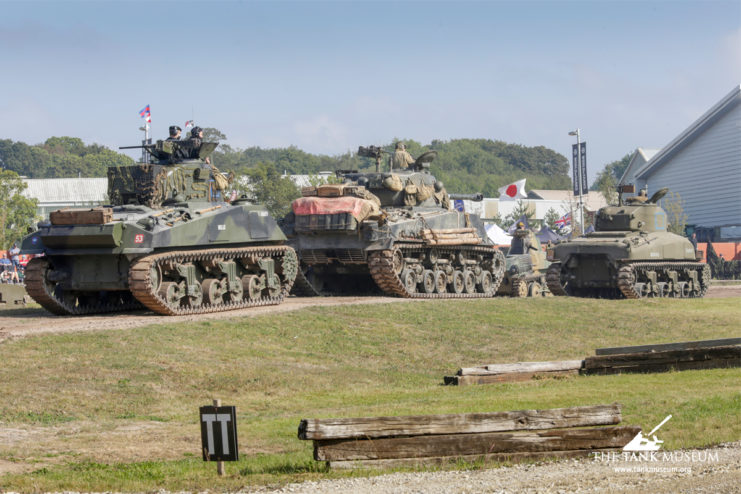
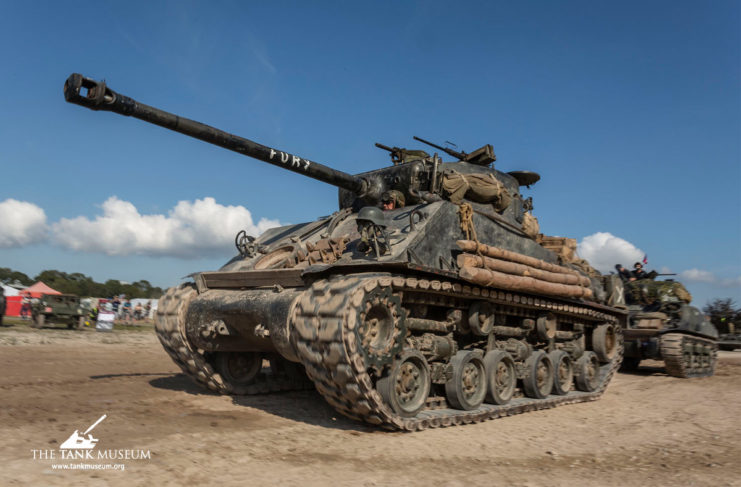
Among the biggest draws was the array of Sherman tanks, including the M4A2E8 Fury. The Sherman series was widely used during WWII by the Allied forces, and it’s estimated the United States produced over 50,000. They were used for infantry support and for bolstering defensive positions. The E8, in particular, could penetrate the frontal armor of such German tanks like the Panther and the Tiger.
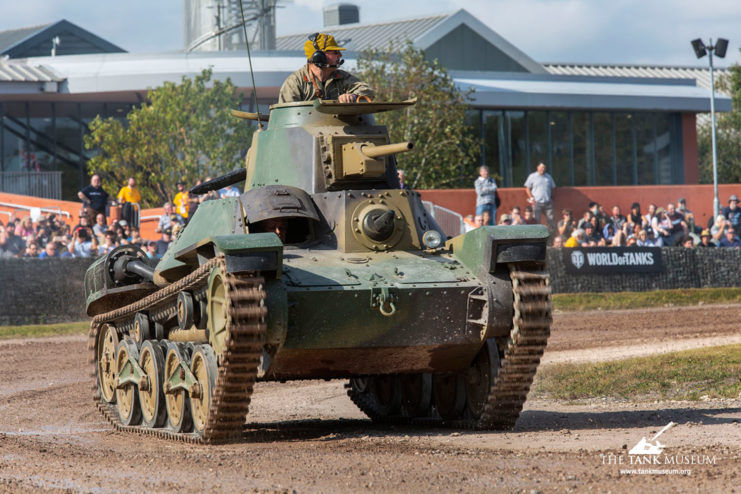
Running for the first time in the UK was a Japanese Type 95 Ha-Gō tank. The lightweight tank was used in the Second Sino-Japanese War, against the USSR at Nomonhan and during the Second World War. 2,300 were produced for use against infantry forces, with a 37MM Type 94 L/36.7 gun atop it.
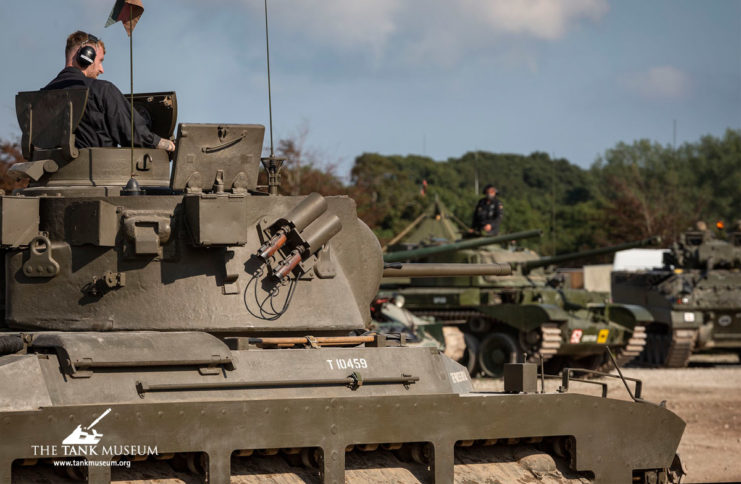
The Matilda II was produced by Britain for use during WWII by it, the USSR, and Australia. It was a dominant presence in the Western Desert battlefield in North Africa and first saw action during the Battle of Arras. While initially dubbed the “Queen of the Desert,” it proved vulnerable as more German guns appeared on the battlefield. It was last used by the British in June 1942 but continued to be used by the Australians in New Guinea until the end of the war.
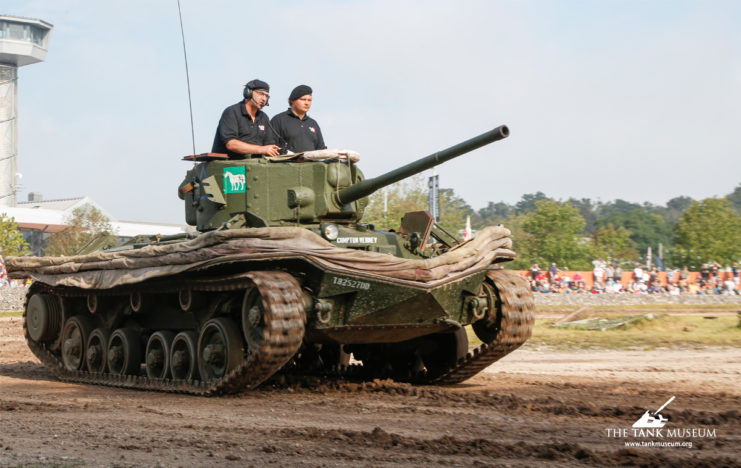
Of the more interesting tanks on display was the world’s only running Duplex Drive (DD) Valentine. Produced by the British during WWII, it was a type of amphibious tank that was present at D-Day, in Northwest Europe, and in the Italian Campaign. It worked by erecting a “floatation screen,” which enabled it to float. Its two propellers allowed it to drive through the water.
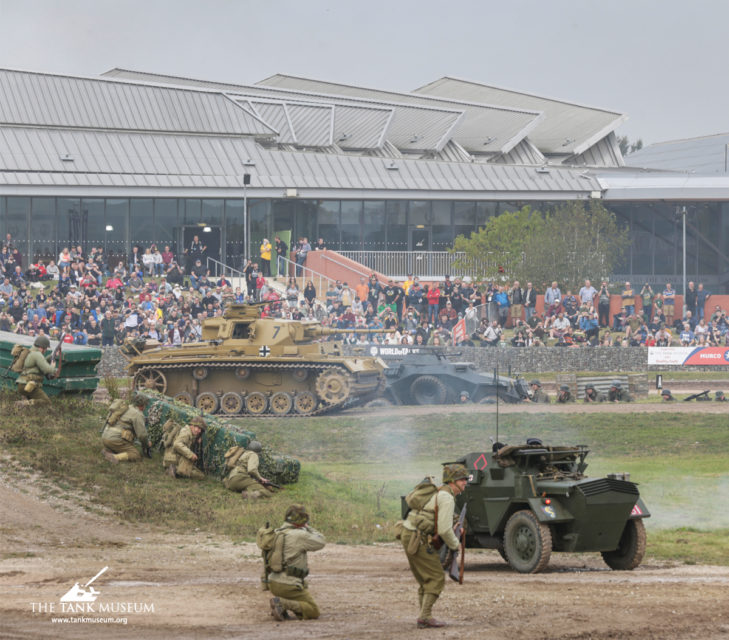
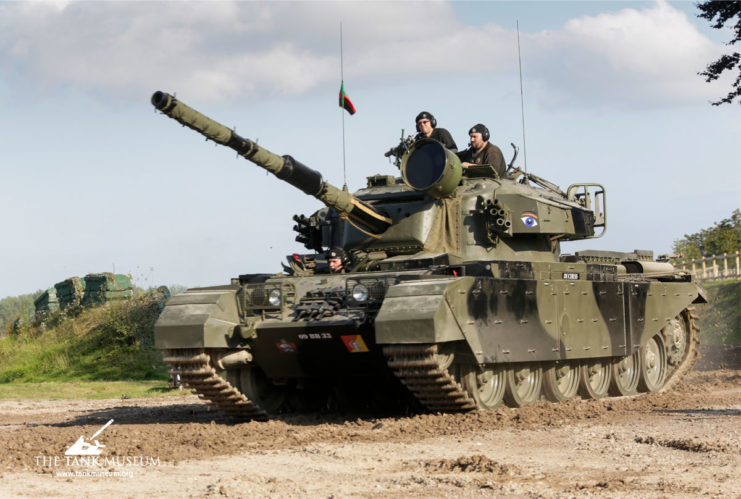
The Panzer III is one of a host of tanks developed by the Germans and used during WWII. It was initially intended to be used alongside the infantry-supporting Panzer IV. However, as the German Army came face-to-face with the T-34 tank, the need for stronger anti-tank guns were needed and the roles were switched.
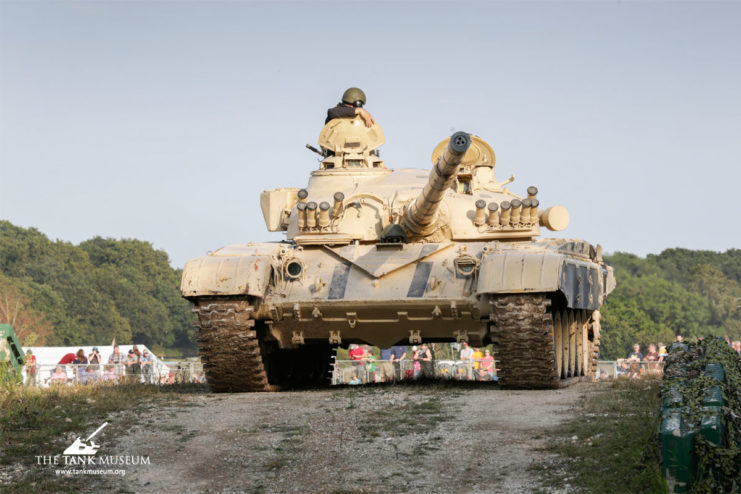
Finally, Cold War enthusiasts were treated to the presence of a Soviet T-72 tank. It is the most widely-used main battle tank in the world, having fought in every major war over the past 20 years. It’s extremely lightweight and small, compared to its Western counterparts, and has a comprehensive nuclear, biological, and chemical (NBC) protection system. Its primary weapon is the 125MM Smoothbore Autoloader, which is supplemented by the 12.7MM AA machine gun and 7.62MM machine gun.
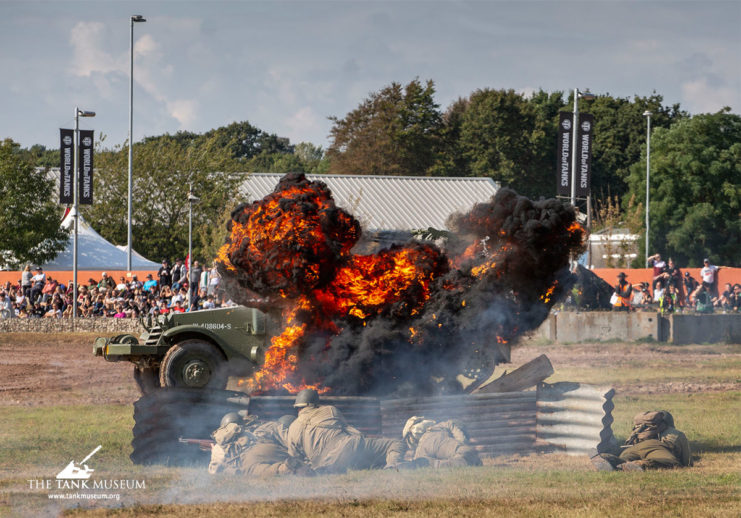
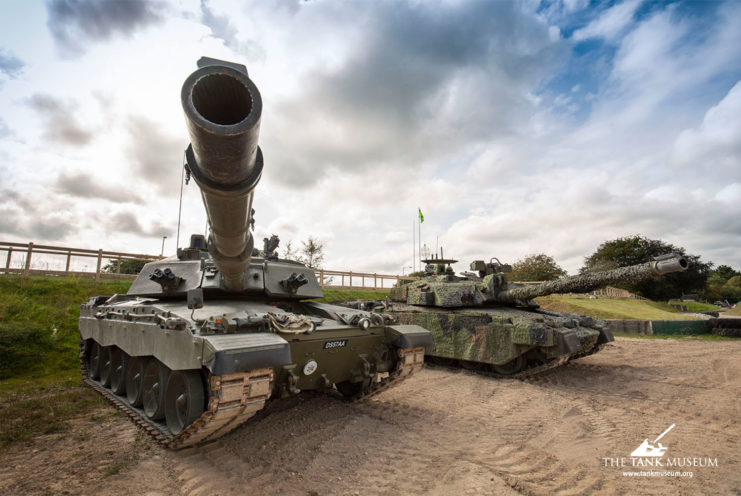
Tickets for TANKFEST 2022 are set to go on sale in October 2021.
Post a Comment
0 Comments